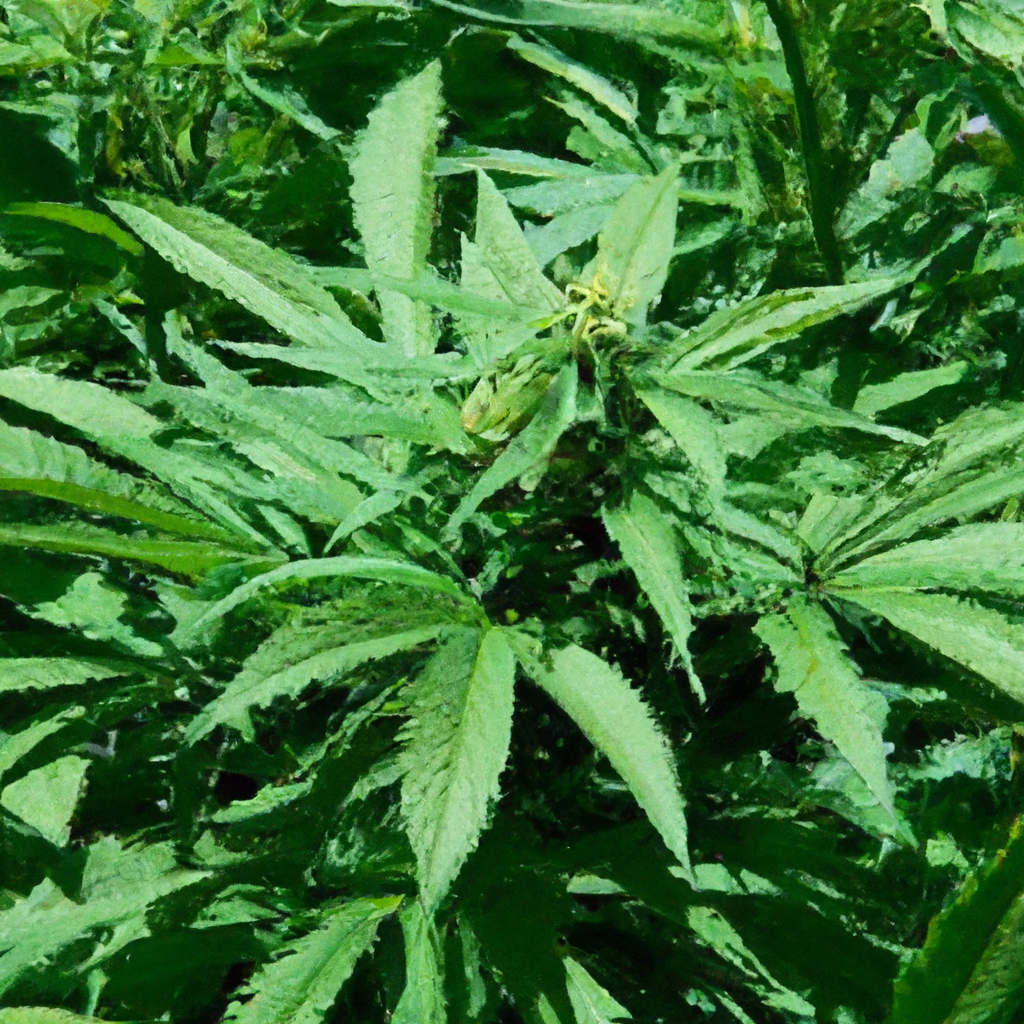Welcome to another insightful exploration into the world of cannabis cultivation. I’m John “Magic” Greenleaf, a seasoned cultivator from the heart of Colorado’s magnificent high-altitude terrains. Today, we’ll embark on a journey that uncovers the lesser-known aspects of growing cannabis in elevated environments.
Embracing the Sky: Understanding Altitude Effects
When growing cannabis at high altitudes, you’re dealing with unique environmental factors that can both challenge and enhance your cultivation process. The thinner air, intense UV radiation, and significant temperature variations offer a specific set of variables to master.
- UV Radiation: Higher UV exposure can lead to an increase in resin production as plants naturally protect themselves. This can result in frostier buds with potentially higher cannabinoid levels.
- Temperature Fluctuations: With daytime temperatures often varying drastically from cool nights, managing these shifts is crucial for maintaining plant health and maximizing yield.
- Air Quality: The cleaner, fresher air at high altitudes can benefit plant respiration but may also necessitate additional CO2 supplementation in enclosed spaces.
Soil Solutions: Crafting the Perfect High-Altitude Mix
Healthy roots are the cornerstone of vibrant cannabis plants, particularly in the demanding conditions of high altitudes. Crafting a robust and resilient soil mix entails incorporating moisture-retentive and nutrient-rich materials to compensate for faster evaporation rates.
- Organic Matter: Loose, high-quality organic matter like compost and aged manure enhances soil structure and nutrient availability.
- Amendments: Perlite or vermiculite can improve aeration and drainage, crucial for preventing root rot in rapidly fluctuating environments.
- Mycorrhizal Fungi: These beneficial fungi improve root efficiency, helping plants absorb nutrients more effectively.
Sustainable Practices: Innovating Water Efficiency
Water conservation is a pivotal consideration in the arid, high-altitude regions of Colorado. Employing techniques such as drip irrigation can dramatically cut down on water waste, ensuring each drop counts toward growing robust cannabis plants.
- Drip Irrigation: Tailored to deliver water directly to the plant base, reducing evaporation and runoff.
- Mulching: A layer of mulch protects soil moisture and regulates temperature by minimizing evaporation.
- Advanced Monitoring: Implementing sensor technology allows you to monitor soil moisture levels and adjust irrigation schedules in real-time.
Harnessing the Power of Community
Cultivating cannabis in high-altitude areas can be made easier and more rewarding through community involvement. Sharing techniques, success stories, and even a few failures, can provide valuable insights and inspiration.
- Workshops: Join or host grow workshops to exchange knowledge and tips specific to your region.
- Local Co-ops: Connect with local cooperatives to access shared resources and support sustainable practices.
- Online Forums: Engage in online communities where high-altitude growers share their challenges and victories.
Conclusion
Growing cannabis at high altitudes is an art that blends resilience with innovation. By harnessing the natural elements and adapting to the challenges, growers can cultivate exceptional strains that embody the spirit of the mountains. Remember, nature is the best teacher, and every season is an opportunity to learn and innovate. “Healthy roots, healthy buds, happy harvests” is not just a catchphrase—it’s a mantra for successful high-altitude cultivation.
Tags: High-Altitude Growing, Sustainability, Community Connection, Environmental Control, Water Efficiency


Leave a Reply